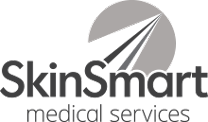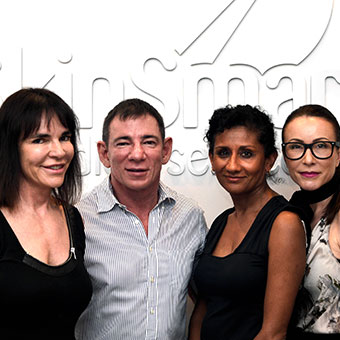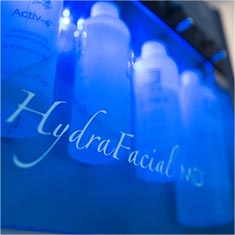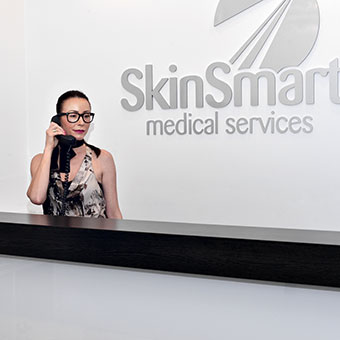Thread Lifting
Introduction
Thread lifting works by lifting and realigning sagging tissue. Lifting threads are made of re-absorbable material and have multiple small anchor points along their length. These threads are designed to elevate tissues and promote collagen formation in the surrounding tissue.
Description
We use Mint Threads which are made of re-absorbable biocompatible material called PDO, polydioxanone. These threads are used to lift soft tissues and mildly sagging skin to a desired position. Each thread has multiple small anchor points along its length. These bi-directional and helically positioned barbs anchor strongly into the soft tissue and lift and reposition.
The procedure is simple and done with local anaesthetic for comfort. Patients will experience minimal pain and have a rapid recovery. The threads dissolve slowly over 6 to 12 months, but the developing collagen that is stimulated around the thread contributes to results that last about 1 to 2 years.
Benefits and Applications
Not everyone wants to undergo surgery and often dermal fillers alone are not enough to achieve the best level of facial rejuvenation. Thread lifting is now a viable alternative. Thread lifting is suitable for both men and women. The threads can be used to lift the brow, the mid-face and jaw, and to remove jowls and sagging skin in the upper neck. The threads work by anchoring to the tough fibrous tissue that covers the bone at the edges of the face and supporting the tissues with small barbs along the length of the thread.
Preparation
The skin should be free from any make up or sunscreen and as clean as possible. Long hair should be tied back.
It is important that you have not taken blood thinning agents for at least 3 days before the procedure as these can increase the risk of bruising. (eg aspirin, anti-inflammatories, fish oil). It is a good idea to take it easy for a day or two after the procedure to allow the tightness to settle.
Procedure
The skin is thoroughly cleansed. The procedure is marked out with the patient’s involvement. Local anaesthetic is injected at the entry sites making the procedure comfortable.
The threads are inserted through small nicks in the skin just inside the hair line. These entry points heal with no residual scarring. Through these nicks the threads, which are loaded inside long blunt needles called cannulas, are inserted under the skin to the areas requiring support. The cannula is then withdrawn leaving the thread in position. It is firmly anchored onto the small barbs to keep the skin in the new position. The threads are often knotted to hold them at the periphery.
The number of threads used depends on the areas to be supported and the weight of these tissues. The threads themselves dissolve over time but in this time they have done their job of lifting and stimulating collagen formation to produce a natural lift.
Aftercare
After the procedure your face will feel tight and this may continue for a week or more. Asymmetry exists in most faces and after threads this can sometimes appear more noticeable. Results can be seen immediately after the procedure but the final result will develop once it all settles in over several weeks. Mild discomfort can be expected after the procedure but should not last long. Mild swelling is normal and should reduce over a few days. Bruising is variable but it can occur and last for up to 10 days.
Gentle washing is all that is required over the following few days making sure no infection gets into the incision points. Eating softer foods for a few days is often more comfortable.
Down time
Mild discomfort can be expected after the procedure but should not last long. Mild swelling is normal and should reduce over a few days. Bruising is variable but it can occur and last for up to 10 days. Some people initially experience a few sharp twinges when the barbs catch on the underside of the skin, however, this does not go on for more than a few weeks and each twinge usually resolves quickly lasting only a few minutes.
Risks
Some people get mild swelling and / or bruising – this should not last long – two weeks at most. There may be some slight puckering where the thread is placed but this should resolve naturally over time. Some people get a small lump under the skin where the knot is tied near the hairline. This is usually not noticeable and resolves slowly over time. Very rarely someone can get an infection at the site of insertion.
Cost
The cost of threads range from $350 to $2000 depending on the number and type of threads used.



